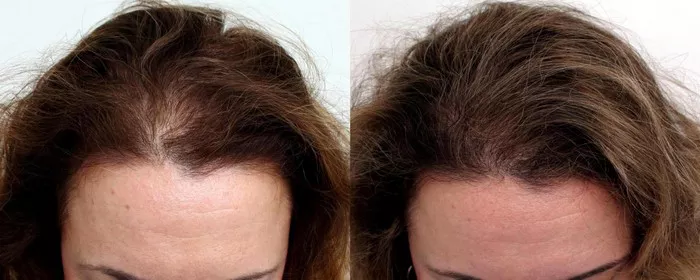Hair transplant procedures have revolutionized the field of hair restoration, providing individuals with a solution to address hair loss and regain their confidence. One common question that arises is, “When is the right time to get a hair transplant?” In this article, we will explore the factors that determine the optimal timing for a hair transplant procedure. With a focus on experience, professionalism, authority, and credibility, we will delve into the considerations individuals should keep in mind when deciding on the right time to undergo a hair transplant. Join us as we navigate the intricacies of hair transplantation and shed light on the factors that influence the ideal timing for this transformative procedure.
Understanding Hair Transplants
Introduction to Hair Transplantation:
A comprehensive overview of hair transplant procedures, including the various techniques employed and the general process involved.
Causes of Hair Loss:
Exploring the primary causes of hair loss, such as genetic factors, hormonal imbalances, and environmental influences, to understand the context of hair transplantation.
Factors Influencing the Timing of a Hair Transplant
Progression and Stability of Hair Loss:
Understanding the importance of considering the progression and stability of hair loss when determining the optimal timing for a hair transplant, as early intervention may be necessary to prevent further hair loss.
Emotional Readiness:
Discussing the significance of emotional readiness and the impact of hair loss on an individual’s self-esteem and quality of life, which can influence the decision to undergo a hair transplant.
Age-Related Considerations:
Exploring the role of age in determining the right time for a hair transplant, considering factors such as the availability of donor hair, future hair loss projections, and individual expectations.
Evaluation by a Hair Transplant Specialist:
Emphasizing the importance of seeking professional evaluation and advice from a qualified hair transplant specialist to assess individual circumstances and determine the appropriate timing for a hair transplant.
Individual Considerations and Evaluation
Hair Loss Pattern and Severity:
Evaluating the specific hair loss pattern, including hairline recession, crown thinning, and overall hair density, to determine the optimal timing for a hair transplant.
Donor Hair Availability and Quality:
Assessing the availability and quality of donor hair, a critical factor in achieving natural-looking and satisfactory results from a hair transplant procedure.
Considering Non-Surgical Alternatives
Non-Surgical Treatments:
Introducing non-surgical alternatives, such as medication (e.g., minoxidil, finasteride), scalp treatments, and laser therapy, which may be explored before considering a hair transplant.
Future Hair Loss Planning:
Highlighting the importance of long-term hair loss planning and the potential need for additional hair transplant sessions in the future to address ongoing hair loss.
Conclusion:
Determining the right time to undergo a hair transplant requires careful consideration of various factors, including the progression and stability of hair loss, emotional readiness, age-related considerations, and individual circumstances. Seeking professional evaluation and advice from a qualified hair transplant specialist is crucial in making an informed decision. Evaluating the specific hair loss pattern, assessing donor hair availability, and exploring non-surgical alternatives are important steps in determining the optimal timing for a hair transplant. By considering these factors, individuals can embark on their hair restoration journey at the right time, achieving successful and satisfying outcomes.
Related topics:
- How long after hair transplant can I workout: A Full Guide
- How long after hair transplant can I wear a hat: A Comprehensive Guide
- How long to recover from hair transplant: A Quick Guide


